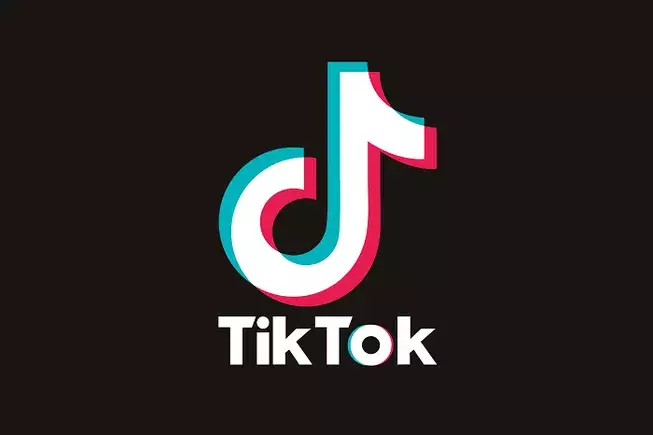As TikTok navigates the complex landscape of American app regulation, recent developments present a mixed bag of hope and uncertainty. The popular social media platform has recently been reinstated for download in both the Google Play and Apple App stores, following legal assurances to both companies. This tumultuous saga centers on the Biden-approved “Protecting Americans from Foreign Adversary Controlled Applications Act,” which mandates that TikTok, owned by the Chinese company ByteDance, must be sold to a U.S.-based owner by a predetermined deadline. Despite the looming deadline, no sale had been finalized, making the past few months a rollercoaster of speculation and regulatory maneuvering.
The political climate surrounding TikTok intensified after President Trump assumed office on January 20th. He signed an executive order extending the timeframe in which TikTok must comply with the aforementioned act. This 75-day extension provides a breathing space for negotiations to unfold, even while the fundamental requirement to divest remains intact. Though the legal framework requires a sale, Trump’s assurance to TikTok’s U.S. providers came as a crucial reprieve, allowing the app to remain operational.
Initial steps taken by Apple and Google, which involved removing TikTok alongside other ByteDance-owned applications such as CapCut and Lemon8, reflected their caution in engaging with an app embroiled in regulatory complexities. However, the reinstatement signifies some level of trust being reinstated between TikTok and American regulatory bodies. Newly appointed Attorney General Pam Bondi’s confirmation that Apple and Google would face no legal repercussions for hosting TikTok marks a critical juncture in this ongoing saga.
With the 75-day extension in motion, discussions between the Trump administration and several major U.S. tech firms are reportedly underway. Microsoft, Oracle, and Amazon have been mentioned as potential candidates for acquiring TikTok, each bringing their unique resources and capabilities to the table. Still, the negotiations are not without their challenges. Any agreement reached would not only require the buy-in of American firms but would also necessitate cooperation from Chinese authorities, complicating the already intricate diplomatic relationship between the two countries.
Trump’s proposal of involving the U.S. government in the deal could be indicative of a larger strategy to ensure American interests are protected. However, this suggests a governmental reach into the private sector that many might perceive as overstepping conventional boundaries. The dynamic is further complicated by the need for ByteDance to appease Chinese regulatory demands while seeking a path that satisfies U.S. concerns over data security and foreign influence.
As TikTok regains its presence in the American market, this situation raises broader questions about the future of social media regulation in the U.S. The tension between national security and internet freedom continues to be a flashpoint. The decisions being made now could set significant precedents for how foreign-owned applications are judged, released, and moderated in the future.
Moreover, at the heart of this regulatory scrutiny is the relationship between the American public and platforms that collect vast amounts of personal data. Will efforts to regulate apps like TikTok evolve into broader oversight on data privacy? Such queries underline the importance of engaging in thoughtful public discussions on how tech companies should operate in a global marketplace that is rapidly changing.
While TikTok has temporarily danced back into the good graces of the American public and its app stores, the clock is ticking on its future. The negotiations, their potential outcomes, and the slow unfolding of regulations will undoubtedly impact not just TikTok’s existence but the broader realm of digital media. Those keeping an eye on TikTok’s fate will find it a fascinating case study in the intersection of technology, geopolitics, and social media culture.


Leave a Reply